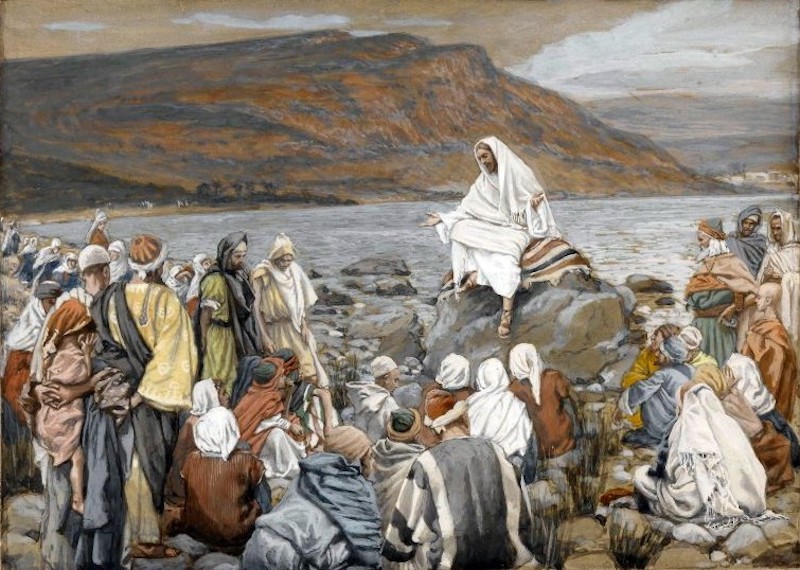I know it has been several weeks since the Inauguration, but I keep thinking about it. I know it was a day that so many people in our country had looked forward to with hope. I know I did. It was a different kind of inauguration, cut back in so many ways because of the pandemic that still ravages the population. Still, it had its pomp and circumstance, its celebrities and pageantry, as well as its speeches and oaths.
It was evident that the crowds that usually packed the Mall to watch and cheer weren’t there. Instead, rows and rows of colorful flags represented each state and territory that stretched the Mall’s length. The guests and representatives of the government, including several former Presidents and First Ladies, Justices of the Supreme Court, and military and governmental heads, were spread apart and wearing masks for their own protection and that of others.
What I heard in the speech the President gave was a call for unity, a coming together for the common good rather than the divisiveness which has become so apparent in recent years. The need for unity echoed the words of Jesus from Matthew: “…Every kingdom divided against itself is laid waste, and no city or house divided against itself will stand” (12:25b). Lincoln used the same words in an 1858 campaign speech to illustrate the division between North and South in terms of slavery. It was an important concept then, just as our own political and geographical divisions are now.
But I heard something more in the President’s speech. I listened to a man speaking to a nation in pain. I heard a man speaking in humility, not bragging about former successes but rather what he hoped to accomplish for the country’s good. I felt that each word was carefully crafted to uplift sagging spirits and light much-needed candles of faith. The speaking of the words released them to set the stage for future action on behalf of all.
It occurred to me as I listened that despite the absence of living bodies crammed onto a long stretch of grass and marble steps of the Capitol, the words had room to expand, to move about, as it were. It was as if they were set free to be blown throughout the world on the breath of the wind, carried through the open spaces, and sent forth with the aid of the fluttering flags. The masses of humanity traditionally gathered around the speaker did not absorb the words. The spaces between them gave each person room to absorb the meaning rather than just deflect the sound.
Jesus often spoke to large crowds, unaided by electronic devices to amplify sound. Crowds in Jesus’s day were accustomed to listening with care and attention. There was no media recording and replaying sound and video later. We are much more prone to space-out a bit during speeches (and sermons) until a specific word or phrase catches our attention. Jesus probably spoke slowly and carefully so that every word and syllable could be heard and understood.
He also spoke of hope and togetherness, faithfulness and love, without arousing feelings of hatred, animosity, and anger. It wasn’t that Jesus never showed anger; he did on several occasions, but when speaking to crowds about living, following God’s will, and practicing that kind of life, he encouraged them to care for each other and the earth that sustained them.
Jesus encouraged humility. Many characters of the parables were the more humble folk, like the tax collector in the synagogue, the woman with the hemorrhage, the diseased and infirm, children, and the poor. He spoke humbly so that all could hear and understand, and for those who had no voices and no resources. His words were set free to spread throughout the world, and we are still listening to, and hopefully paying attention to, those words today.
This week, I need to practice listening rather than speaking and speaking simply and humbly without trying to impress others. If I talk, I want my words to go out into the world to be spread by the wind and the Spirit.
Now to go out and do what I need to do.
God bless.
Image: Jesus Teaches the People by the Sea, by James Tissot (ca 1886-1894). From the Brooklyn Museum, New York. Found at Wikimedia Commons.
Linda Ryan is a co-mentor for an Education for Ministry group, an avid reader, lover of Baroque and Renaissance music, and retired. She keeps the blog Jericho’s Daughter. She lives with her three cats near Phoenix, Arizona.

